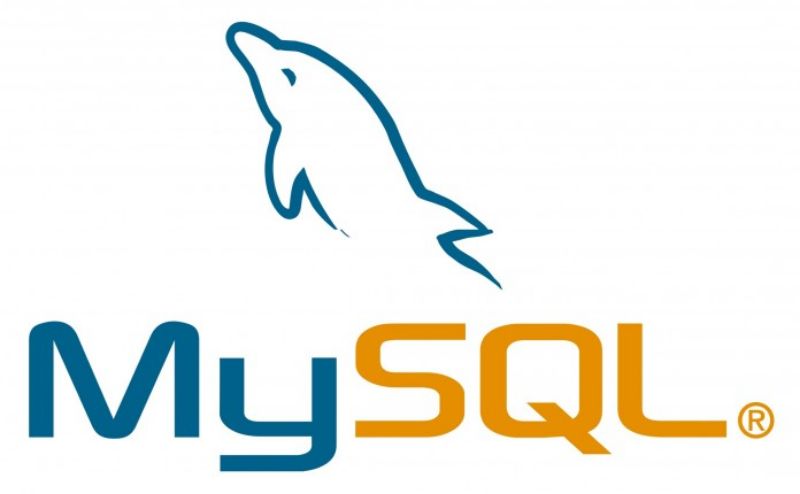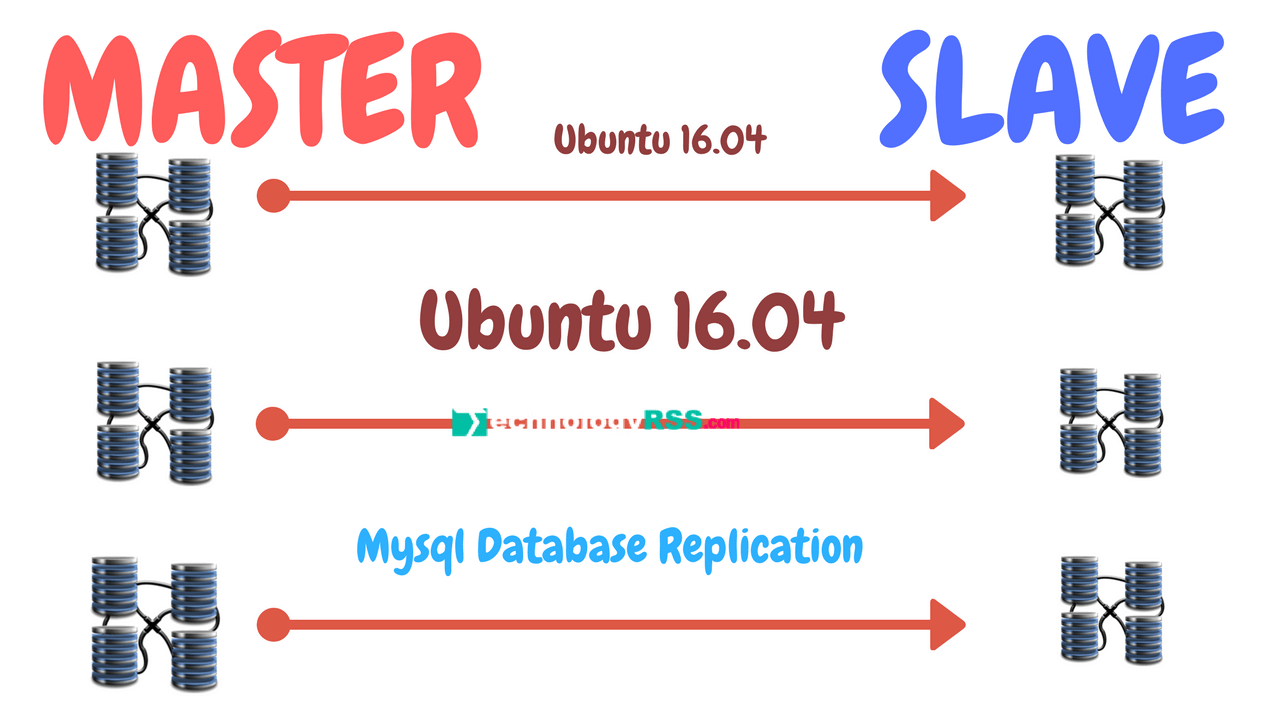

I have also seen colima mentioned in the comments, which appears to wrap lima with some prebuilt configurations. But I have settled on lima as I prefer the CLI for scripted installations, and also find it to be more customizable. Lima is used under the hood in rancher desktop, which is another great option if you would prefer to have a gui. This works nicely in particular for local development while using a VPN client, which I have found has a tendency to interfere with local network traffic (if split tunneling is disabled). One of nice features of lima is that it automatically forwards ports from the host vm to guest, so when you start up a container listening on port 5432, for example, you can access it at localhost:5432. It also supports M1 Macs, and even Intel on Arm emulation (at a pretty hefty performance cost). Lima is built on qemu, which is always a solid choice for virtualization. It’s only a couple of commands to get up and running with their docker example. Server version: 5.7.10-3 Percona Server (GPL), Release 3, Revision 63dafafThe favorite replacement that I have found for docker desktop is to run docker-ce in lima vm. Status: Downloaded newer image for $ mysql -h ps57

Or, Percona Server: $ docker run -name=ps57 -net=test -e MYSQL_ALLOW_EMPTY_PASSWORD=yes -d percona/percona-server:5.7 Type 'c' to clear the current input statement. Other names may be trademarks of their respective Oracle is a registered trademark of Oracle Corporation and/or itsĪffiliates. Server version: 5.5.49 MySQL Community Server (GPL)Ĭopyright (c) 2000, 2016, Oracle and/or its affiliates. Status: Downloaded newer image for $ mysql -h mysql55 Now if I want to run check MySQL 5.5 for something, I can just do this: $ docker run -name=mysql55 -net=test -e MYSQL_ALLOW_EMPTY_PASSWORD=yes -d mysql/mysql-server:5.5 To make this really clean, I added some bash aliases: alias mysqlsh='docker run -it -rm -net=test mysql/shell'Īlias mysql='docker run -it -rm -e MYSQL_ALLOW_EMPTY_PASSWORD=yes -net=test -entrypoint="mysql" mysql/mysql-server:5.7' So, now I want to be able to use the standard MySQL command line and/or the new MySQL shell to access this container. The shell init uses a temporary container that is removed (–rm) after the run, so you don’t pollute your docker ps - a a output.
MYSQL DOCKER FOR MAC PASSWORD
Notice I didn’t enter a password because I created the server without one (insecure, but it’s a sandbox).
MYSQL DOCKER FOR MAC FULL VERSION
I got mine in about a day, but I would assume it won’t be long before the full version is released.
MYSQL DOCKER FOR MAC FOR MAC
The new Docker beta for Mac requires that you register for the beta program, and receive a download code from Docker. These steps work for the beta version on a Mac (and probably Windows), but they should work with Linux as well (using the GA release, currently Docker 1.11.1). However, I saw Giuseppe’s blog on the new Docker beta for Mac and decided to try it for myself. I’ve been playing with Docker on Mac for a bit, but it is definitely a second-class citizen in the Docker world. The Docker ecosystem seems to be moving quickly, however, and simple “getting started” or “how-to” type articles that are easy to find for well-established technologies seem to be out-of-date or non-existent for Docker.

Like a lot of people, I’m hearing a lot about Docker and it’s got me curious. In this post, we’ll discuss how you can quick start MySQL testing using Docker, specifically in a Mac environment.


 0 kommentar(er)
0 kommentar(er)
